Investing in real estate can be a smart financial move, but coming up with the necessary funds for a down payment or renovations can be challenging. Two popular financing options for real estate investments are a Home Equity Line of Credit (HELOC) and a Cash-Out Refinance. Both options allow homeowners to leverage the equity in their existing home to access cash, but which is the better option for investing in your next investment home? Let’s explore the pros and cons of each.
Home Equity Line of Credit (HELOC) A HELOC is a revolving line of credit that allows homeowners to borrow against the equity in their home. The amount of credit available to borrow is typically determined by the value of the home and the amount of equity the homeowner has built up. HELOCs offer flexibility, as homeowners can draw funds as needed and only pay interest on the amount borrowed. The interest rate on a HELOC is usually variable and tied to the prime rate.
Pros of using a HELOC:
- Flexibility – HELOCs are a revolving line of credit, which means that you can draw funds as needed and only pay interest on the amount borrowed.
- Lower upfront costs – HELOCs typically have lower closing costs and fees than a cash-out refinance.
- Lower interest rates – The interest rate on a HELOC is often lower than other types of loans because the loan is secured by the borrower’s home.
Cons of using a HELOC:
- Variable interest rate – Because the interest rate on a HELOC is tied to the prime rate, it can fluctuate over time, which could lead to higher monthly payments.
- Shorter repayment terms – HELOCs typically have shorter repayment terms than a cash-out refinance, meaning that monthly payments could be higher.
- Risk of foreclosure – If the borrower is unable to repay the loan, the lender can foreclose on the home.
Cash-Out Refinance A Cash-Out Refinance is a mortgage refinance in which the borrower takes out a new mortgage with a higher principal balance than their existing mortgage, and then receives the difference between the two loans in cash. The borrower must have equity in the home to qualify for a cash-out refinance.
Pros of using a Cash-Out Refinance:
- Fixed interest rate – Unlike a HELOC, a Cash-Out Refinance offers a fixed interest rate, which means that the interest rate will not change over the life of the loan.
- Longer repayment terms – Cash-Out Refinances often have longer repayment terms than a HELOC, meaning that monthly payments could be lower.
- Lower interest rates – Cash-Out Refinances often have lower interest rates than other types of loans because the loan is secured by the borrower’s home.
Cons of using a Cash-Out Refinance:
- Higher upfront costs – Cash-Out Refinances typically have higher closing costs and fees than a HELOC.
- Less flexibility – Cash-Out Refinances offer less flexibility than a HELOC because the borrower receives a lump sum of cash upfront and then pays interest on the full amount.
- Risk of foreclosure – If the borrower is unable to repay the loan, the lender can foreclose on the home.
So, which option is better for investing in your next investment home? It depends on your financial goals and circumstances. A HELOC may be a better option if you need flexibility and want to borrow smaller amounts over time. However, a Cash-Out Refinance may be a better option if you need a larger sum of money upfront and want a fixed interest rate. Before making a decision, it’s important to consult with a financial advisor or mortgage professional to determine which option is right for you.







